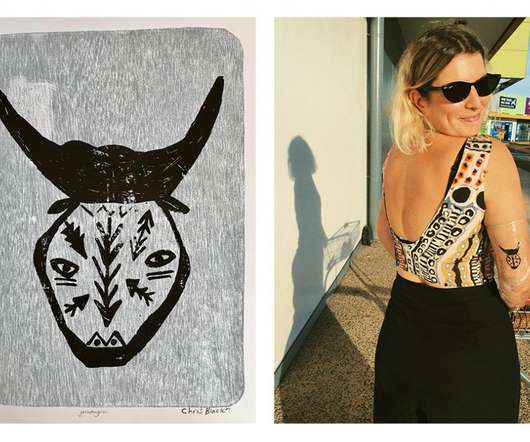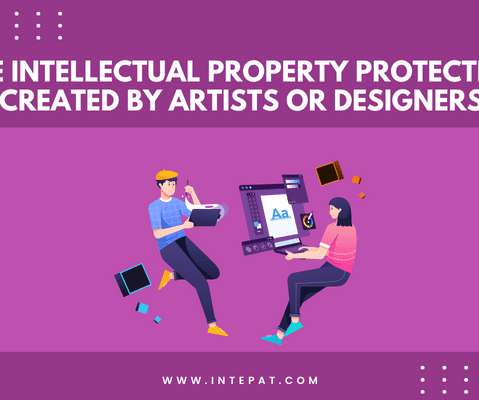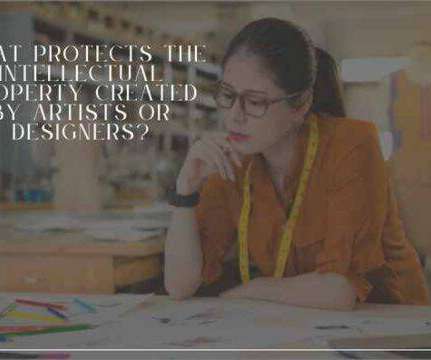St. Art Foundation v. Acko General Insurance: Decoding Street Art, Fair use and Moral rights
SpicyIP
DECEMBER 6, 2023
Acko General Insurance , the Delhi High Court is faced with the opportunity to elaborate whether and how street art in general is subject to the Copyright Act, the scope of ‘artistic work’ under Sec. 52(1)(t) and ‘moral rights’ of the author in such work. 13(1) of being ‘original artistic work’.












Let's personalize your content